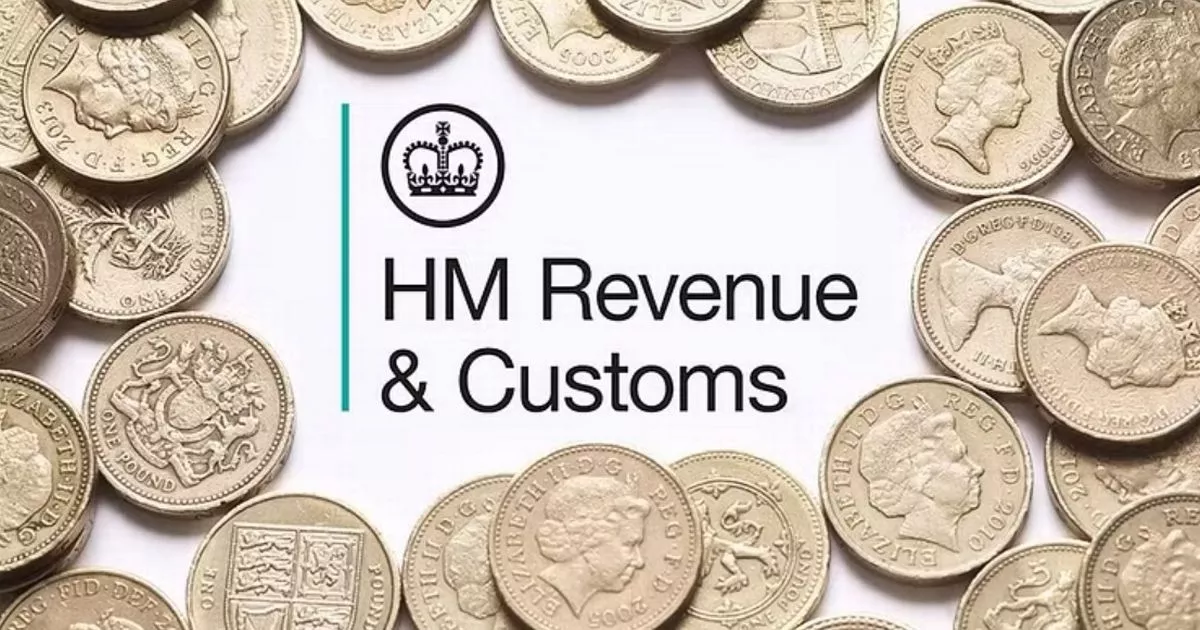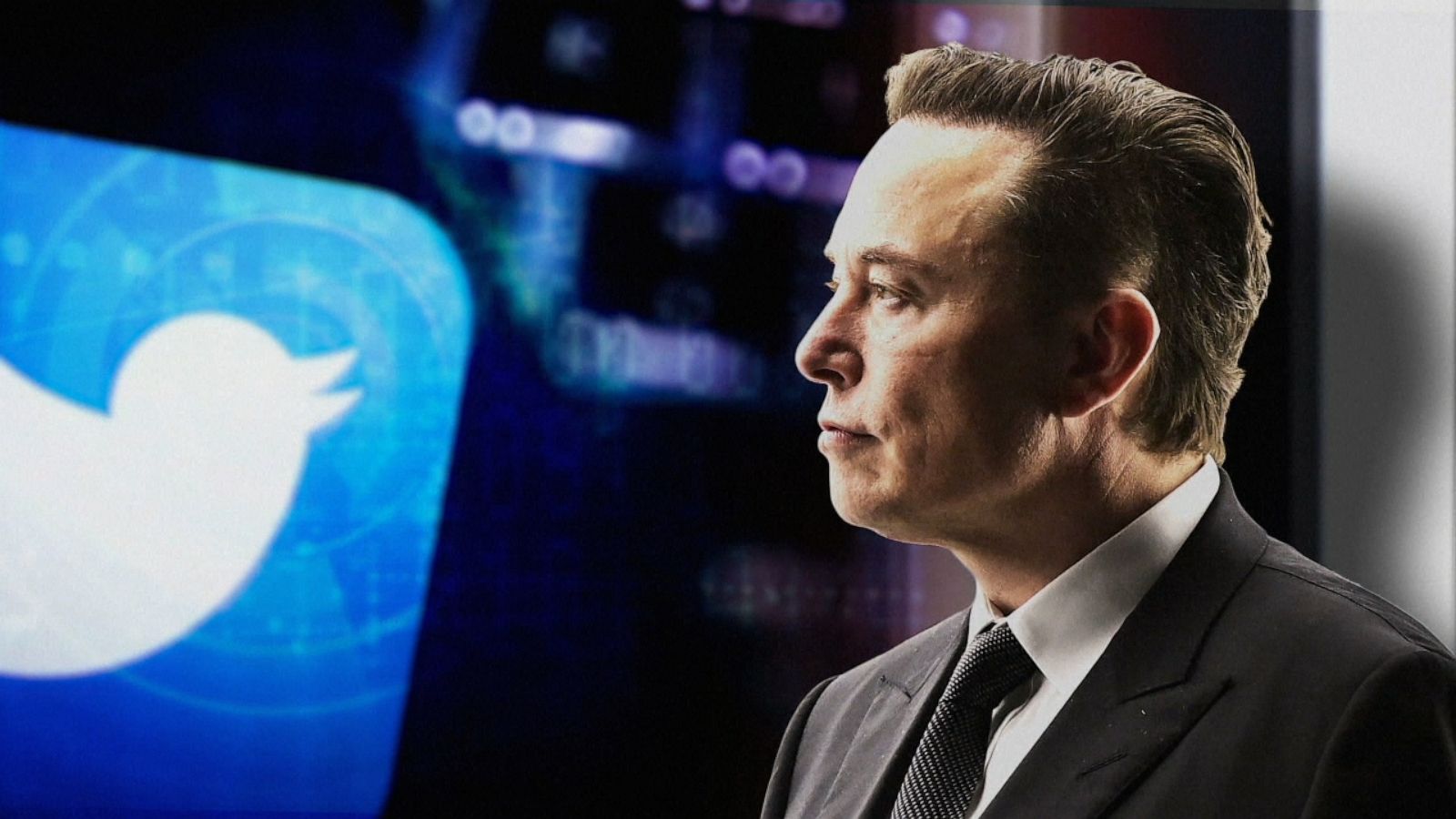Challenges To Clean Energy Growth: Navigating Political And Economic Headwinds

Table of Contents
Political Headwinds Hampering Clean Energy Adoption
Political landscapes play a crucial role in shaping the trajectory of clean energy development. Uncertain policies and strong lobbying efforts from established industries create significant hurdles.
Policy Instability and Regulatory Uncertainty
Inconsistent government policies significantly impact investor confidence in the clean energy sector. The lack of long-term policy certainty makes it difficult for companies to plan investments, hindering the development of large-scale renewable energy projects.
- Examples of Policy Instability: Frequent changes in renewable energy subsidies, tax credits, and permitting processes create uncertainty and risk for investors. A country might offer generous incentives one year, only to drastically reduce or eliminate them the next, leaving projects stranded and investors hesitant.
- Impact on Investor Confidence: This instability discourages long-term investments in renewable energy infrastructure, manufacturing, and research and development. Investors favor predictable and stable regulatory environments, pushing them towards more established sectors with less uncertainty.
- Stable vs. Unstable Policy Outcomes: Countries with stable, long-term clean energy policies, such as Denmark and Germany, have experienced rapid growth in renewable energy deployment. Conversely, nations with fluctuating policies see slower adoption and less investment.
Lobbying Efforts from Fossil Fuel Industries
Powerful fossil fuel industries exert considerable influence on political decision-making, often lobbying against policies that promote clean energy. These efforts actively delay or even prevent the implementation of clean energy initiatives.
- Lobbying Tactics: Fossil fuel lobbies use various tactics, including campaign contributions, targeted advertising, and the dissemination of misinformation, to influence politicians and public opinion. They often portray clean energy as economically unviable or environmentally harmful.
- Campaign Finance and Political Donations: Significant political donations from fossil fuel companies can sway election outcomes and influence policy decisions in favor of maintaining the status quo. This creates an uneven playing field for clean energy advocates.
- Statistical Evidence: Studies have shown a strong correlation between the influence of fossil fuel lobbyists and the enactment of policies that hinder clean energy development. Data on campaign finance disclosures often reveals the extent of this influence.
Public Perception and Misinformation
Public perception and the spread of misinformation significantly impact the pace of clean energy adoption. Addressing public skepticism and correcting misconceptions is crucial for accelerating the transition.
- Common Misconceptions: Many people harbor misconceptions about clean energy, believing it to be too expensive, unreliable, or environmentally damaging. These misconceptions are often fueled by misinformation campaigns funded by vested interests.
- Overcoming Misconceptions: Effective communication strategies, public education campaigns, and transparent information sharing are vital for dispelling these myths and fostering public support for clean energy.
- Importance of Public Education: Clear and accessible information on the benefits of clean energy, addressing environmental concerns, economic advantages, and job creation, is essential for building public trust and support.
Economic Barriers to Clean Energy Transition
Even with supportive policies, economic factors significantly impede the widespread adoption of clean energy. High upfront costs, grid integration challenges, and unfair competition from subsidized fossil fuels pose significant barriers.
High Initial Investment Costs
The initial investment costs of developing and deploying clean energy technologies, such as solar and wind farms, are often substantial compared to traditional fossil fuel infrastructure.
- Renewable vs. Fossil Fuel Costs: While the operational costs of renewables are generally lower, the upfront capital expenditure for building solar farms or wind turbines is higher than for maintaining existing fossil fuel power plants.
- Financing Options: A range of financing options, including loans, grants, green bonds, and crowdfunding, are available to mitigate high initial costs. However, securing funding remains a challenge for many clean energy projects.
- Economies of Scale: As the scale of clean energy deployment increases, costs are expected to fall significantly due to economies of scale and technological advancements.
Intermittency and Grid Integration Challenges
The intermittent nature of solar and wind power poses significant challenges to integrating these sources into existing electricity grids.
- Energy Storage Solutions: Energy storage technologies, such as batteries and pumped hydro storage, are crucial for addressing the intermittency of renewable energy. However, these technologies are still relatively expensive and have limitations in terms of capacity and lifespan.
- Smart Grid Technologies: Smart grids, which utilize advanced sensors and communication networks, can help manage the fluctuating supply of renewable energy and optimize grid operations. However, modernizing existing grids requires significant investment.
- Grid Modernization Costs: Upgrading and modernizing electricity grids to accommodate increased renewable energy integration requires substantial investment and careful planning.
Competition from Subsidized Fossil Fuels
Government subsidies for fossil fuels continue to create an uneven playing field for clean energy technologies. This distorts the market and hinders the competitiveness of renewable energy sources.
- Fossil Fuel vs. Renewable Energy Subsidies: Many countries provide substantial subsidies to the fossil fuel industry, while support for renewable energy is often less generous. This creates an unfair advantage for established fossil fuel producers.
- Carbon Pricing and Market Mechanisms: Implementing effective carbon pricing mechanisms and other market-based instruments can level the playing field and incentivize the adoption of clean energy.
- International Comparisons: Comparing subsidy levels for fossil fuels and renewable energy across different countries highlights the significant disparity and its impact on the competitiveness of clean energy.
Conclusion
The transition to a clean energy future is crucial for mitigating climate change. However, significant challenges to clean energy growth remain, primarily due to political and economic headwinds. Policy instability, lobbying by fossil fuel interests, public misconceptions, high upfront costs, grid integration challenges, and continued subsidies for fossil fuels all act as obstacles. To accelerate the adoption of clean energy, we need stable and supportive policies, public education campaigns to dispel misinformation, increased investment in research and development, and the implementation of effective market mechanisms that level the playing field. We must actively engage in discussions about clean energy policy, advocate for supportive legislation, and support businesses and organizations committed to accelerating the transition to a sustainable energy future. Overcoming these challenges to clean energy growth is not merely an option; it is an urgent necessity for the health of our planet and the future of our civilization.

Featured Posts
-
 At And T Exposes Broadcoms Extreme Price Hike For V Mware 1 050 Increase
May 20, 2025
At And T Exposes Broadcoms Extreme Price Hike For V Mware 1 050 Increase
May 20, 2025 -
 Share Buyback Announced By Ryanair Amidst Concerns Over Tariff Wars
May 20, 2025
Share Buyback Announced By Ryanair Amidst Concerns Over Tariff Wars
May 20, 2025 -
 Exploring The World Of Agatha Christies Poirot From Novels To Adaptations
May 20, 2025
Exploring The World Of Agatha Christies Poirot From Novels To Adaptations
May 20, 2025 -
 Mega Tampoy I Epistrofi Me Nea Epeisodia
May 20, 2025
Mega Tampoy I Epistrofi Me Nea Epeisodia
May 20, 2025 -
 Uk Taxpayers Earning Over 23 000 Understanding Hmrc Correspondence
May 20, 2025
Uk Taxpayers Earning Over 23 000 Understanding Hmrc Correspondence
May 20, 2025
Latest Posts
-
 Aryna Sabalenkas Successful Madrid Open Debut
May 20, 2025
Aryna Sabalenkas Successful Madrid Open Debut
May 20, 2025 -
 Good Morning America Layoffs Robin Roberts Response And The Implications
May 20, 2025
Good Morning America Layoffs Robin Roberts Response And The Implications
May 20, 2025 -
 Sabalenkas Winning Start At The Madrid Open
May 20, 2025
Sabalenkas Winning Start At The Madrid Open
May 20, 2025 -
 Sabalenka Triumphs In Madrid Open Opener
May 20, 2025
Sabalenka Triumphs In Madrid Open Opener
May 20, 2025 -
 Robin Roberts Reacts To Gma Layoffs A Look At The Future Of Good Morning America
May 20, 2025
Robin Roberts Reacts To Gma Layoffs A Look At The Future Of Good Morning America
May 20, 2025
